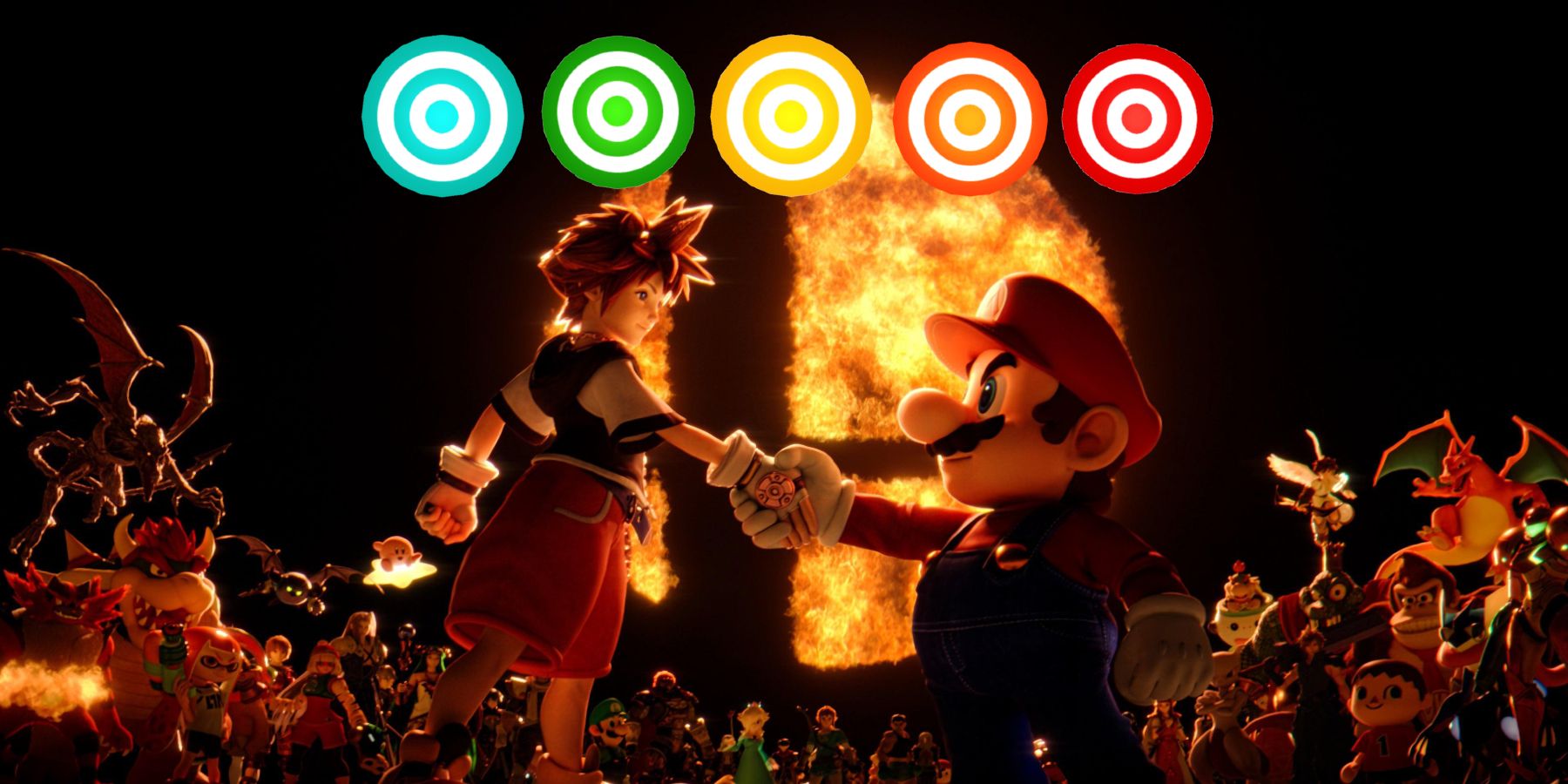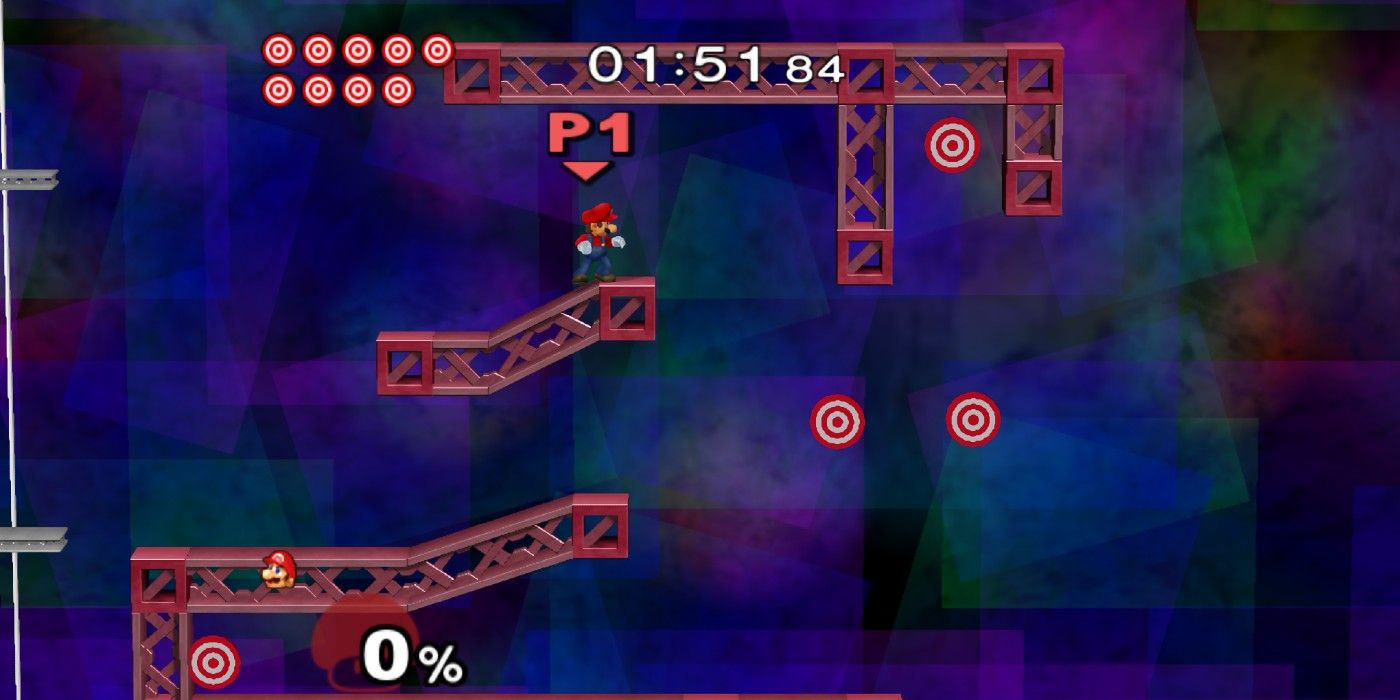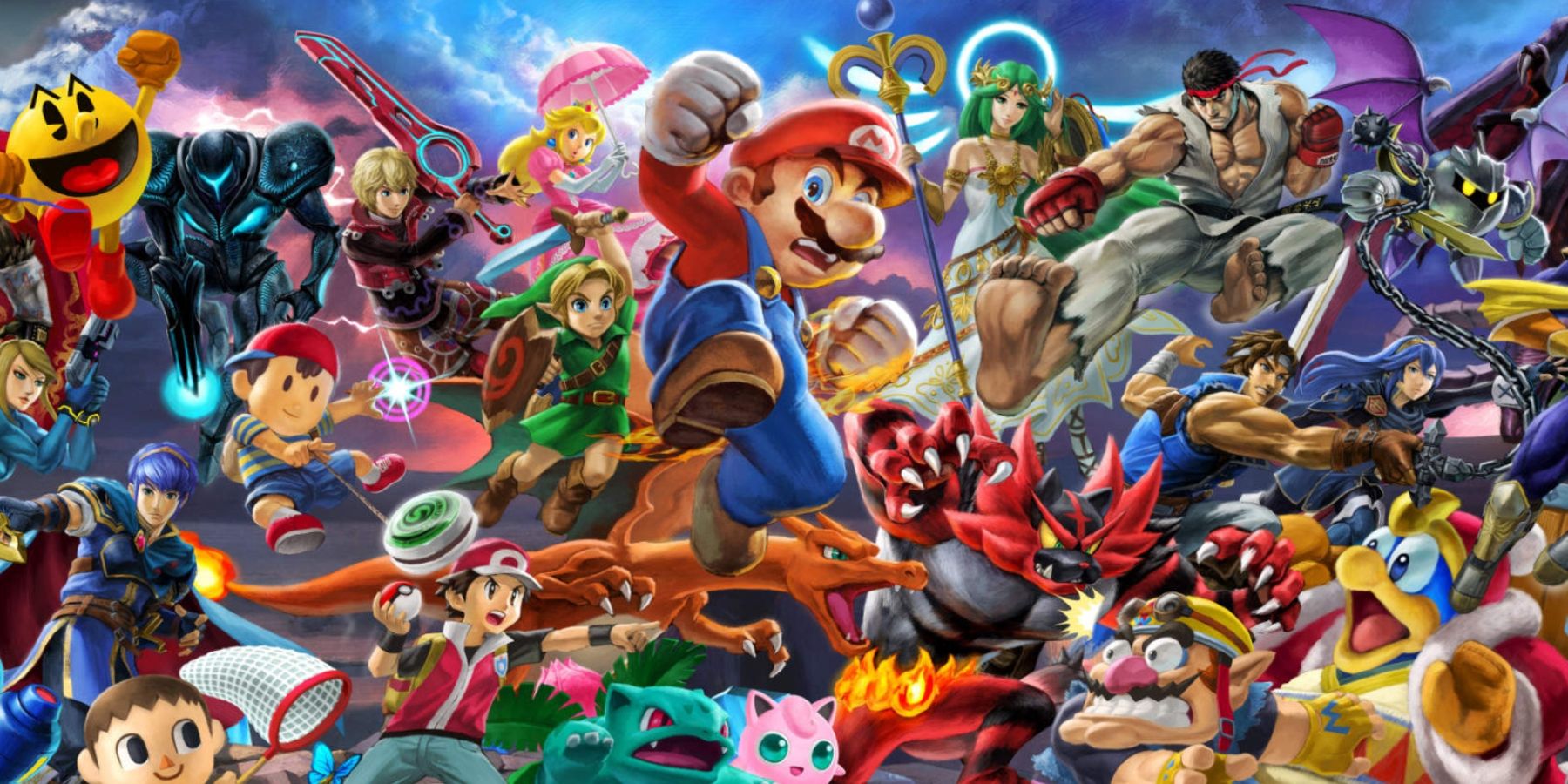Super Smash Bros. Ultimate has been a staple of the Switch library since 2018, and it is also a hallmark entry in the platform-fighting series. The game was promoted on its "everyone is here" premise that saw every character since the N64 original brought back alongside newcomers like Simon Belmont and King K. Rool. After 12 DLC characters joined Smash Ultimate, the roster rounded out at 82 fighters - and that's not to mention the range of stages, music tracks, Spirits, and Mii Fighter costumes representing other games.
Now it has been confirmed that Super Smash Bros. Ultimate is getting its final update, which means the journey is almost over for director Masahiro Sakurai and his team. Various updates since 2018 have added additional forms of content to Smash Ultimate, with probably the most notable being a Stage Builder. However, not every fan-favorite mode from the past returned in Ultimate, which leaves the possibility for whatever Smash Bros. game comes next to bring back a traditional "Break the Targets" experience.
How Smash Bros. Games Have Personalized Breaking Targets
The first iteration of Break the Targets appeared in 1999's Super Smash Bros. on N64, and the mode's pemise was rather straightforward: Players have to destroy every target scattered throughout a platforming obstacle course as quickly as possible. What made this concept exceptional is that all 12 characters in the original game had unique stages with layouts that demonstrated each fighter's techniques. Completing Break the Targets with all eight starting characters was also necessary to unlock Luigi.
Super Smash Bros. Melee had perhaps the most iconic form of this game mode, then titled "Target Test," thanks to its energetic and piano-heavy theme song. Once again every character's stage was unique and packed with more references. For example, Ice Climbers' Target Test was shaped like a mountain summit with a Condor at the top, Mr. Game & Watch has a stage that takes place within a Game & Watch device, and Luigi's stage includes a physical GameCube in the center.
When Super Smash Bros. Brawl came around, Break the Targets became "Target Smash," and it lost a lot of personality. There are five levels for players to work through regardless of character, each having set aesthetics and target layouts. Super Smash Bros. 4 (on both 3DS and Wii U) introduced a new spin on the idea called "Target Blast" that acted more like Home-Run Contest. Players had to beat up a bomb so it could be sent flying into structured blocks and targets not unlike a classic Angry Birds stage. However, a simplified version of Target Smash can appear in Smash Run mode with just three variations.
Why Traditional Break the Target Should Return to Smash
Break the Targets losing a lot of personality makes sense given the games added more characters with unique abilities, so it became harder and likely more space-intensive to include a specially designed target stage for every fighter. Smash 4's Target Blast offered an interesting change-of-pace since it didn't put characters of varying skillsets into the same handful of platforming levels as with Brawl's Target Smash. However, the next game should consider bringing back a more traditional format.
It's unlikely a successor to Super Smash Bros. Ultimate will bring back every fighter, as going down that path might make elements like game balance unmanageable. If the roster does get cut down, it would be more feasible to develop unique Break the Targets stages in the same way every Smash Ultimate fighter gets their own Classic mode. Though the latest game's Classic mode is primarily a string of battles with different enemy conditions, it shows the dev team is willing to make personalized content.
Reviving Break the Targets is not only smart because it offers more individuality for every fighter. The way stages were designed in the N64 original and Melee also let them act as soft tutorials for each fighter's moves and platforming prowess. Players can always train against NPCs if they want, but attaching that practice to a minigame with its own score system and potential rewards is a much more appealing prospect. With games like Nickelodeon All-Star Brawl and MultiVersus looking to carve out space in the platform-fighting genre, Smash Bros. sticking to its more unique party modes would also help the series continue to stand out.
Super Smash Bros. Ultimate is available now on Nintendo Switch.



